Moving business premises letter template
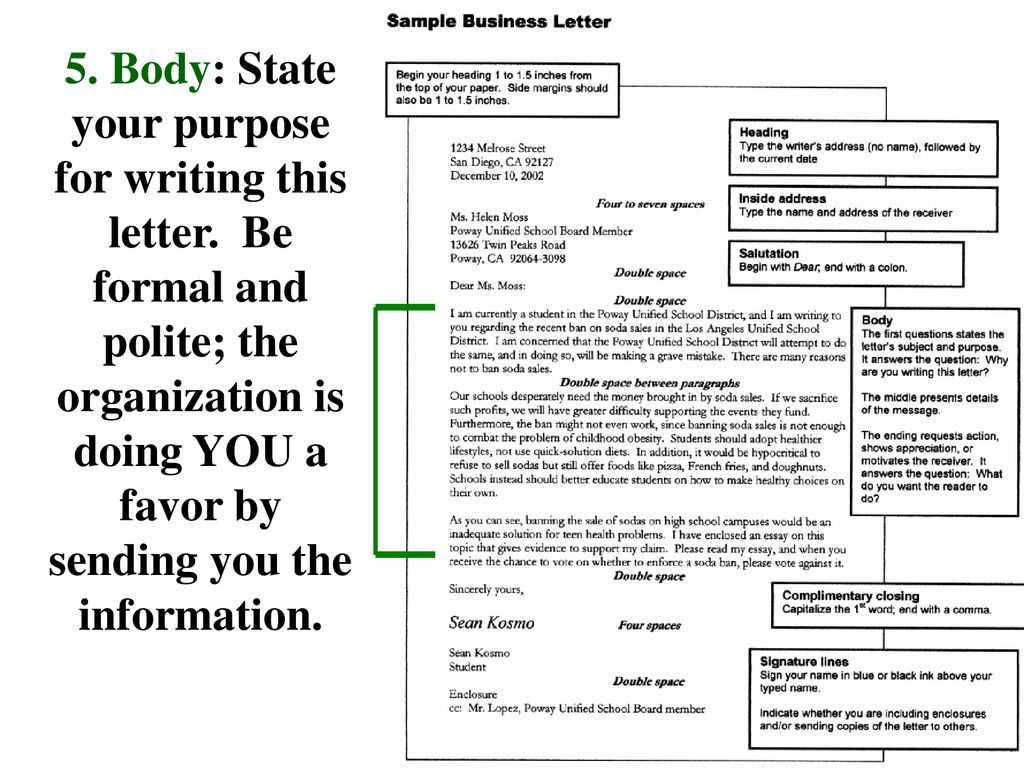
If you’re relocating your business, crafting a clear and professional letter is key to keeping clients, vendors, and other business associates informed. A well-structured letter ensures that everyone is aware of the move and understands how it may affect them. Include the new address, the date of the move, and any relevant changes in operations. This simple approach helps maintain smooth communication with everyone involved.
Start with a clear subject line that reflects the purpose of the message. Let the recipient know about the relocation up front, making it easier for them to prioritize the message. Avoid confusion by specifying the exact date of the move and any impact it might have on service availability or delivery schedules.
Next, mention the reason for the move if necessary. While some businesses prefer not to go into detail, providing a brief explanation can add a personal touch and strengthen relationships. This section doesn’t need to be long; just a sentence or two will suffice.
End with a call to action or any next steps, such as updating contact information or arranging meetings at the new location. Don’t forget to express appreciation for continued support and invite any questions the recipient might have.
Moving Business Premises Letter Template
When relocating your business, clear communication with clients, suppliers, and partners is critical. A well-crafted letter ensures that everyone is informed about the move and understands the details, such as new contact information and how the change may affect ongoing transactions.
Template Overview
Start with a formal greeting, including the recipient’s name and company. Immediately state the purpose of the letter: notifying them of the business premises relocation. Specify the move’s date and address details clearly. Include any important information about changes in your contact details, such as phone numbers or email addresses, if applicable.
Key Points to Include
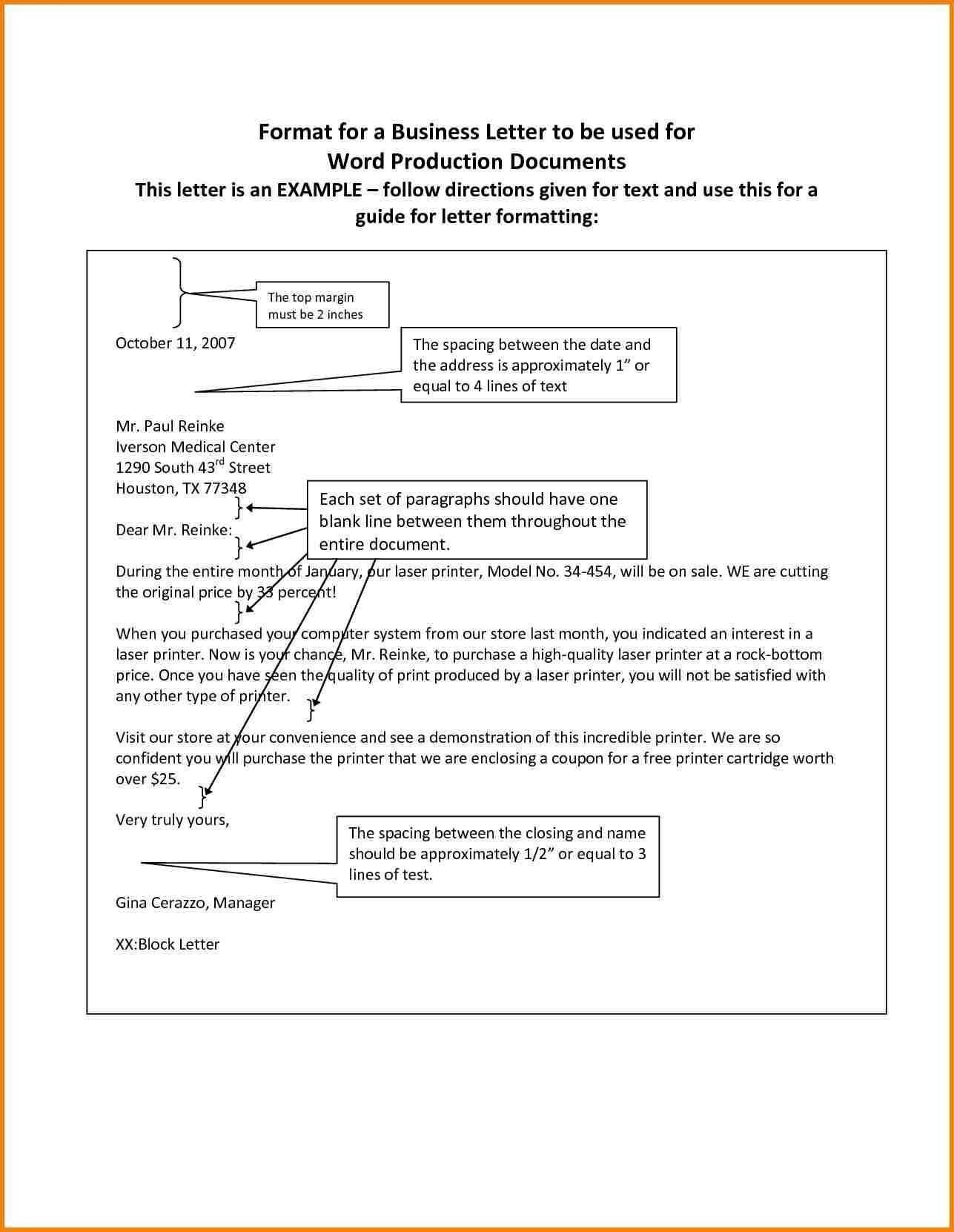
- The official date of the move and the new address.
- Clarification of any service interruptions or delays, if relevant.
- Updated contact information (email, phone number, etc.).
- Offer assistance for any transitions or questions that may arise due to the move.
- Express appreciation for the recipient’s continued support or business.
Keep the tone professional, but friendly, to maintain good relations with your contacts during the transition. End the letter with a thank you for their understanding and cooperation. Make sure to proofread before sending, ensuring all the details are accurate and clearly presented.
How to Notify Clients of Office Relocation
Send an email or letter well ahead of the move. Clearly state the new office address and the date the change will take effect. Provide updated contact information, including phone numbers and email addresses, if applicable.
Include any changes to business hours or how services might be impacted during the transition. Reassure clients that you are taking steps to minimize disruptions. If necessary, offer alternative ways to reach your team during the move.
Consider creating a dedicated page on your website or a social media post with the new details. Make sure all your communications are consistent across channels.
If applicable, invite clients to visit the new office once you’ve settled in. This helps build excitement and keeps the relationship positive.
Follow up with a reminder closer to the relocation date, reinforcing your commitment to serving them without interruption.
Drafting a Letter for Internal Employee Relocation
When drafting a letter for internal employee relocation, focus on clarity and positivity. Communicate the change concisely, highlighting the benefits for the employee and the company.
Key Components of the Relocation Letter
- Employee Details: Clearly state the employee’s current role and the new position or department.
- Relocation Reason: Explain why the relocation is necessary, linking it to the company’s needs and how it aligns with the employee’s growth.
- Relocation Date: Specify the effective date for the move. If applicable, include deadlines for completing any necessary tasks before the relocation.
- Support and Resources: Mention any assistance provided, such as training, moving support, or adjustments to the new role.
- Contact Information: Offer a point of contact for any questions or concerns regarding the relocation process.
Sample Relocation Letter Structure
- Greeting: Use a professional but warm tone. Address the employee directly.
- Introduction: Briefly explain the reason for the letter, providing an overview of the relocation process.
- Details: Outline the specific changes: new role, location, responsibilities, and the expected start date.
- Closing: End with a positive statement, expressing confidence in the employee’s success in the new role. Reaffirm your support.
Key Elements to Include in a Business Relocation Notice
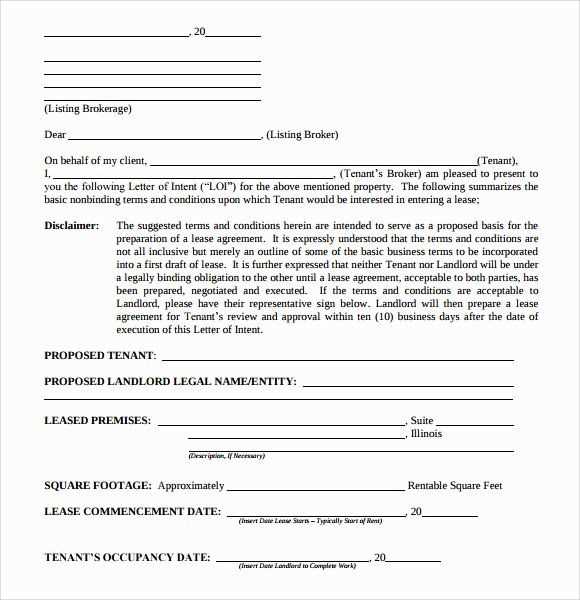
Clearly state the relocation date. Specify when the business will officially move to the new address. This helps clients, suppliers, and partners prepare for the transition.
Include the new address. Provide the full, updated address, including any important location details such as building numbers or floor information, so there is no confusion.
Provide updated contact information. Mention any changes to phone numbers, email addresses, or office hours due to the move. If current contact details remain the same, confirm that as well.
Offer directions. If the new location is hard to find, consider including clear instructions or a map to ensure a smooth transition for visitors.
Explain reasons for the move. If applicable, briefly explain the rationale behind the decision to relocate, whether it’s for expansion, better location, or operational reasons. Keep it concise and to the point.
Thank recipients for their continued support. Acknowledge the relationship with customers, clients, and partners, and express gratitude for their loyalty during the transition period.
Provide a point of contact. Assign a dedicated person for any inquiries related to the move. This makes it easier for those affected to reach out if they have questions.
Legal Considerations When Moving Business Premises
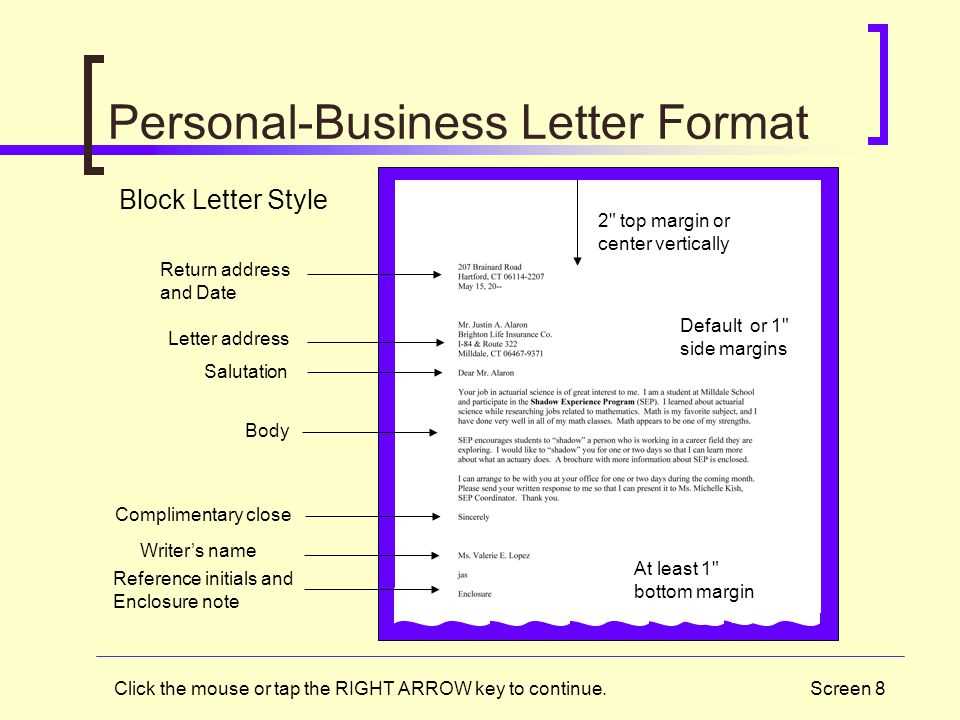
Before relocating your business, review your lease agreement for any clauses related to early termination or transferring the lease. Understand the financial obligations tied to these clauses, including penalties or notification requirements. Ensure you comply with any local zoning laws that might affect your new premises. This could include restrictions on signage, parking, or permitted business activities in certain areas.
Check if your insurance policies cover the move and if adjustments are necessary to include the new premises. Notify all relevant authorities, such as tax agencies or licensing boards, about your change of address to maintain compliance with tax reporting and business regulations. You may need to update your permits and licenses, especially if your business falls under specific regulatory oversight.
If employees are involved in the move, be clear about their roles and responsibilities in the process. Update contracts or employment agreements if required to reflect changes in job location or terms. Address any impacts on employee benefits or commuting stipends.
Consult with a lawyer to ensure all your legal documents, including contracts with suppliers and clients, reflect the new business address. This avoids confusion and ensures smooth operations post-move.
Notifying Service Providers and Vendors About the Move
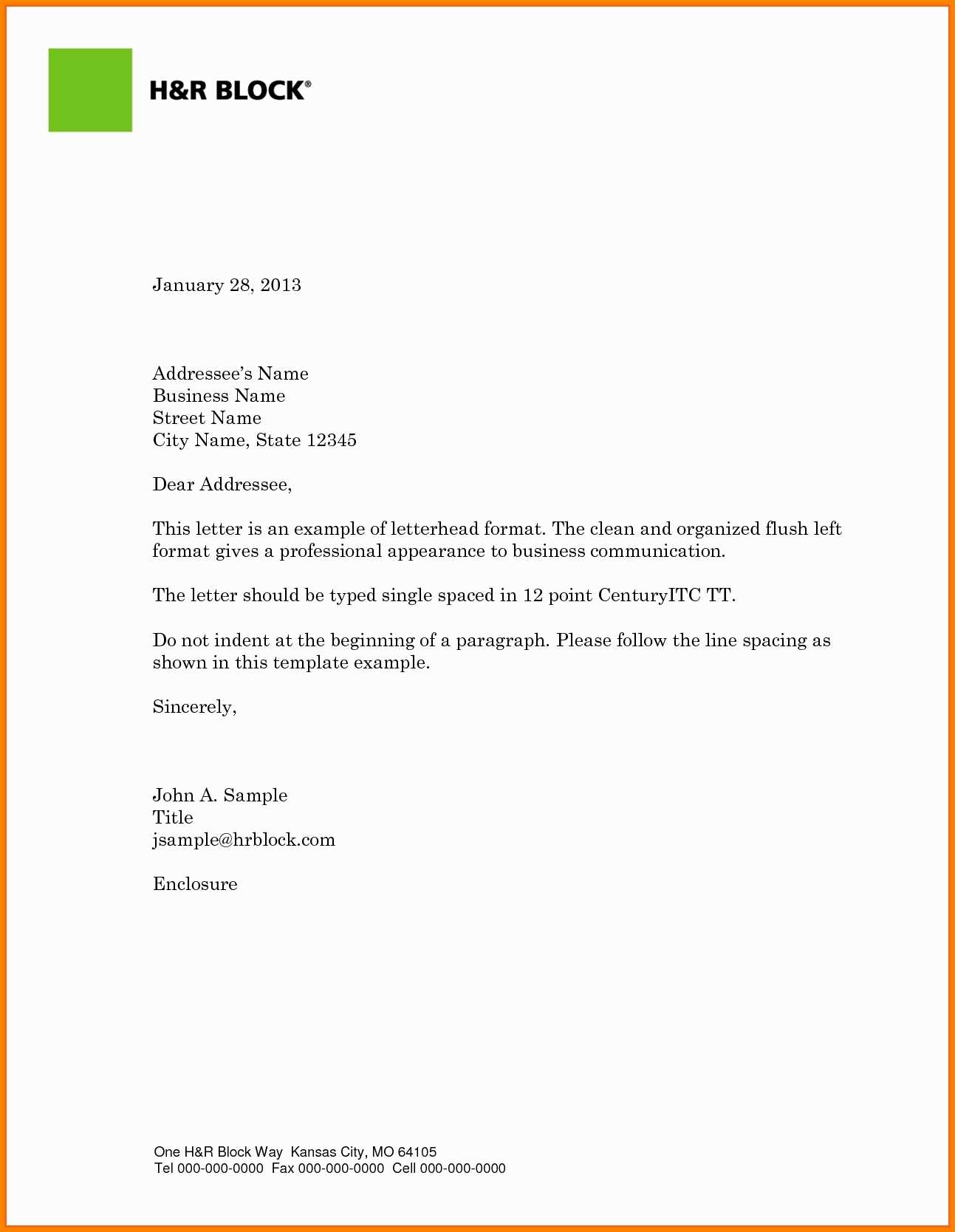
Contact service providers and vendors well before the move to avoid any disruption. Provide clear details about the new address, the date of the move, and any necessary changes to your service or delivery schedules. Make sure to confirm any updates or changes to contracts or agreements with them.
Key Information to Include
Include the updated business address, the preferred contact method, and a point of contact in case of emergencies. Be clear on how this move might affect any recurring orders or services, and specify the date when the new location will be operational.
Follow-Up and Confirmation
After sending the notification, follow up to confirm that the vendor or service provider has received the information and is aware of any adjustments needed. This ensures there are no misunderstandings about your expectations during the transition period.
Best Practices for Ensuring a Smooth Transition to a New Location
Map out a clear timeline with all key milestones, from the decision to move to the final setup at the new location. Assign specific responsibilities to team members to avoid confusion during the move. Start planning early to ensure there is time for unexpected delays.
Establish a detailed inventory list of all items to be moved. This will help ensure that nothing is left behind or misplaced. Double-check that all equipment and supplies are packed properly to avoid damage during transport.
Communicate with your staff regularly. Provide them with updates on the move and any tasks they are expected to complete. Keep everyone informed about the logistics, including the moving date and their role in the process.
Contact utility providers well in advance to set up services at the new location. Confirm that internet, electricity, and any other essential utilities will be operational when you arrive. Avoid last-minute delays by ensuring everything is in place beforehand.
| Task | Responsible Person | Deadline |
|---|---|---|
| Prepare inventory list | John Doe | 2 weeks before move |
| Confirm utility services | Jane Smith | 1 month before move |
| Update customers and partners | Tom Brown | 2 weeks before move |
Update customers, clients, and partners with the new address and contact information well in advance. Make sure all marketing materials reflect the new location, including your website and social media profiles.
On moving day, ensure that all key staff members are present and available to oversee the move. Monitor the packing and unloading to ensure everything goes as planned. After arrival, check the space thoroughly to confirm that everything is in the correct place and functioning properly.